If you’ve ever run a Shopify store, you know the frustration.
You’re getting visitors — maybe even thousands of them — but sales are barely moving. You’ve changed your headlines, swapped out product photos, run discounts, and yet… nothing. I’ve been there, and I almost quit.
What changed everything for me — and for over 300 clothing brands we’ve helped scale — came down to three conversion concepts that no one really talks about. Once you understand these, your store won’t just look good — it’ll sell.
In this article, I’ll walk you through why your store isn’t converting, the three concepts that will fix it, and a bonus strategy that pinpoints exactly where your revenue is leaking. These aren’t theories — they’re battle-tested principles used by top-performing brands.
Why Your Store Isn’t Converting
Before we get into the solutions, let’s face the problem.
Most Shopify brands think conversion is about tweaks — a new font here, a banner there, a discount code flashing at the top of the screen. The reality?
Small cosmetic changes don’t fix deep structural problems.
What’s really holding your store back is how customers experience it — from the moment they land to the moment they buy (or don’t). That’s where these three conversion concepts come in.
Concept 1: Sell the Transformation, Not the Product
This might sound counterintuitive, but people don’t buy products — they buy better versions of themselves.
Let’s take clothing as an example. No one really buys a hoodie just because it’s “soft.” They buy it for how it makes them feel — cool, confident, noticed, comfortable in their own skin.
Unfortunately, 99% of brands get stuck selling features:
-
“Premium fleece”
-
“Comfortable fit”
-
“Great for everyday wear”
These are facts, not feelings. And facts don’t sell as powerfully as identity shifts.
From Fabric to Feelings: A Real Example
We worked with a streetwear brand whose best-seller was a plain black hoodie. Their original product description was feature-heavy:
“Premium fleece. Comfortable fit. Great for everyday wear.”
We rewrote it to tap into aspiration:
“For the mornings when you want to look effortless — but still get noticed.”
That single line shifted the entire emotional tone. The hoodie wasn’t just clothing anymore — it was a confidence booster.
The Transformation Question
Ask yourself:
What does my product help my customer become?
-
Cool?
-
Confident?
-
Creative?
-
Adventurous?
The more vividly you can answer this, the easier it becomes to craft ad copy, emails, and product pages that resonate deeply.
Concept 2: Friction Kills, Simplicity Sells
Even the most compelling transformation won’t convert if your buying experience is a nightmare.
The truth? Customers are lazy — and that’s not a bad thing. It just means your store should feel effortless to navigate.
What Is Friction in E-commerce?
Friction is anything that slows your customer down:
-
Slow load times
-
Too many options
-
Confusing navigation
-
Complicated checkout
When friction appears, your customer leaves — and they usually don’t come back.
Shopify Speed Benchmarks
According to Google, 53% of mobile users bounce if a site takes more than 3 seconds to load. That’s over half your potential buyers gone before they even see your products.
Top 10% of Shopify stores convert at 3.2%+. The average store is around 1.4% — and slow speed is often the culprit.
How to Fix Store Speed
-
Use lightweight themes
Go with Shopify’s Dawn or New Horizon themes for faster load times. -
Limit your apps
Every extra app adds weight to your store. Keep only what’s essential. -
Compress images and videos
Even though Shopify compresses images automatically, they may still be too large. Use tools like BulkResizePhotos.com to shrink file sizes without killing quality. -
Test every key page
Don’t just check your homepage speed. Test your most-visited collection pages and product pages on tools like GTMetrix or Google PageSpeed Insights.
Decision Paralysis: Too Many Choices
Think about it — if someone came to your store for tacos and you showed them a buffet of 50 random dishes, they’d freeze. The same happens online.
Curate your products:
-
Feature best sellers
-
Create staff picks
-
Limit color/size variations
Especially for print-on-demand sellers — avoid offering every color under the sun. Simplicity increases clarity and clarity increases conversions.
Checkout Simplicity: The Slip ’n Slide Rule
Your customer should feel like they’re on a slip ’n slide to purchase — no bumps, no hesitations.
Cart & Checkout Best Practices:
-
Cart drawer only — show the cart instantly after “Add to Cart” and give them one option: “Checkout.”
-
Guest checkout enabled — never force account creation.
-
Multiple shipping options — free shipping threshold plus expedited paid shipping.
-
Short, clear forms — the longer the form, the lower the completion rate.
Concept 3: Social Proof Is Your Secret Weapon
You can shout about your brand all day — but customers trust other people more than they trust you.
We worked with a clothing brand doing $12K/month. Their products were great, their site was beautiful — but they had zero social proof:
-
No reviews
-
No customer photos
-
No visible community engagement
We added UGC (user-generated content) and 5-star reviews to product pages. Within 30 days, they were doing $32K/month.
The 3 Levels of Social Proof
Level 1: Humanized Reviews
-
Use tools like Judge.me (free plan works great).
-
Don’t just collect stars — ask for:
-
Photos
-
Context (“Where did you wear it?”)
-
Emotional details (“I wore this crop top on my first date after lockdown — he couldn’t stop complimenting me.”)
Level 2: User-Generated Content (UGC)
-
Showcase real customers wearing your products on your homepage, collection pages, and even your cart page.
-
Embed actual posts from Instagram, TikTok, or Pinterest with clickable links so customers know you’re active and alive.
Level 3: Influencer Endorsements
-
Micro-influencers (2K–10K followers) often convert better than large influencers because they’re more relatable.
-
Display quotes alongside their photos, e.g.,
“The only tee I wear when I want to feel cool and cozy at the same time.”
No Budget? No Problem.
If you can’t pay influencers, DM happy customers and offer them a discount in exchange for:
-
A photo
-
A 10-second video review
-
A quick testimonial
It’s scrappy, but it works — and right now, momentum matters more than perfection.
Bonus: Find Where You’re Leaking Revenue
Most Shopify owners don’t know their conversion funnel metrics — and it’s like driving a car without a speedometer or fuel gauge.
In Shopify Analytics, check:
-
Add-to-cart rate
-
Checkout rate
-
Purchase rate
-
Average order value
How to Diagnose the Problem
-
High add-to-cart, low purchase → Your checkout process or shipping costs are the problem.
-
Low add-to-cart → Your product page, offer, or images aren’t compelling enough.
Once you know where the drop-off happens, you can fix it — and see immediate lifts in revenue.
Recap: The 3 (Now 4) Concepts That Change Everything
-
Transformation over product
Sell the identity shift, not the fabric, stitching, or specs. -
Friction kills, simplicity sells
Remove every bump from the buying process. -
Social proof is your silent salesperson
Let happy customers and influencers do the convincing. -
Know your numbers (bonus)
Track where people drop off — and fix that point first.
Final Takeaway
Conversion isn’t about being clever — it’s about being clear, fast, and trustworthy.
Once you start selling transformation instead of just products, simplify every step, and back it up with proof, your Shopify store stops being “a nice-looking website” and starts being a sales machine.
The question now is:
Which of these concepts will you apply first?


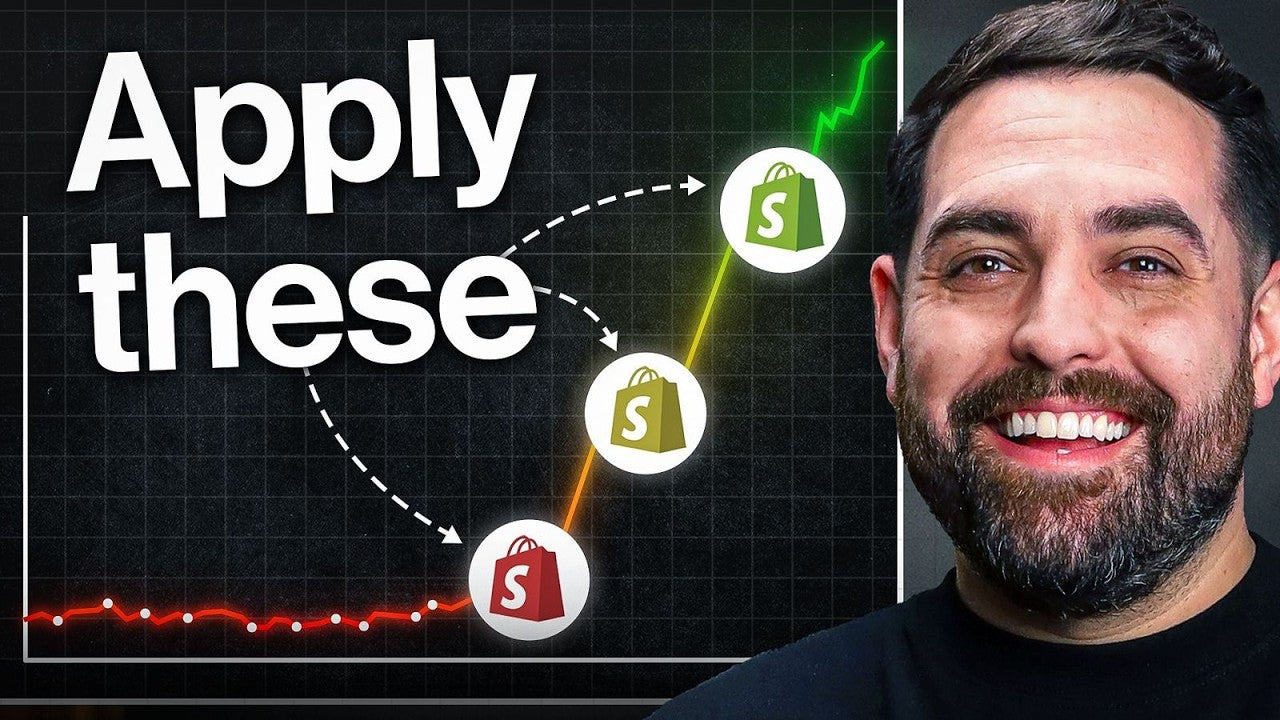
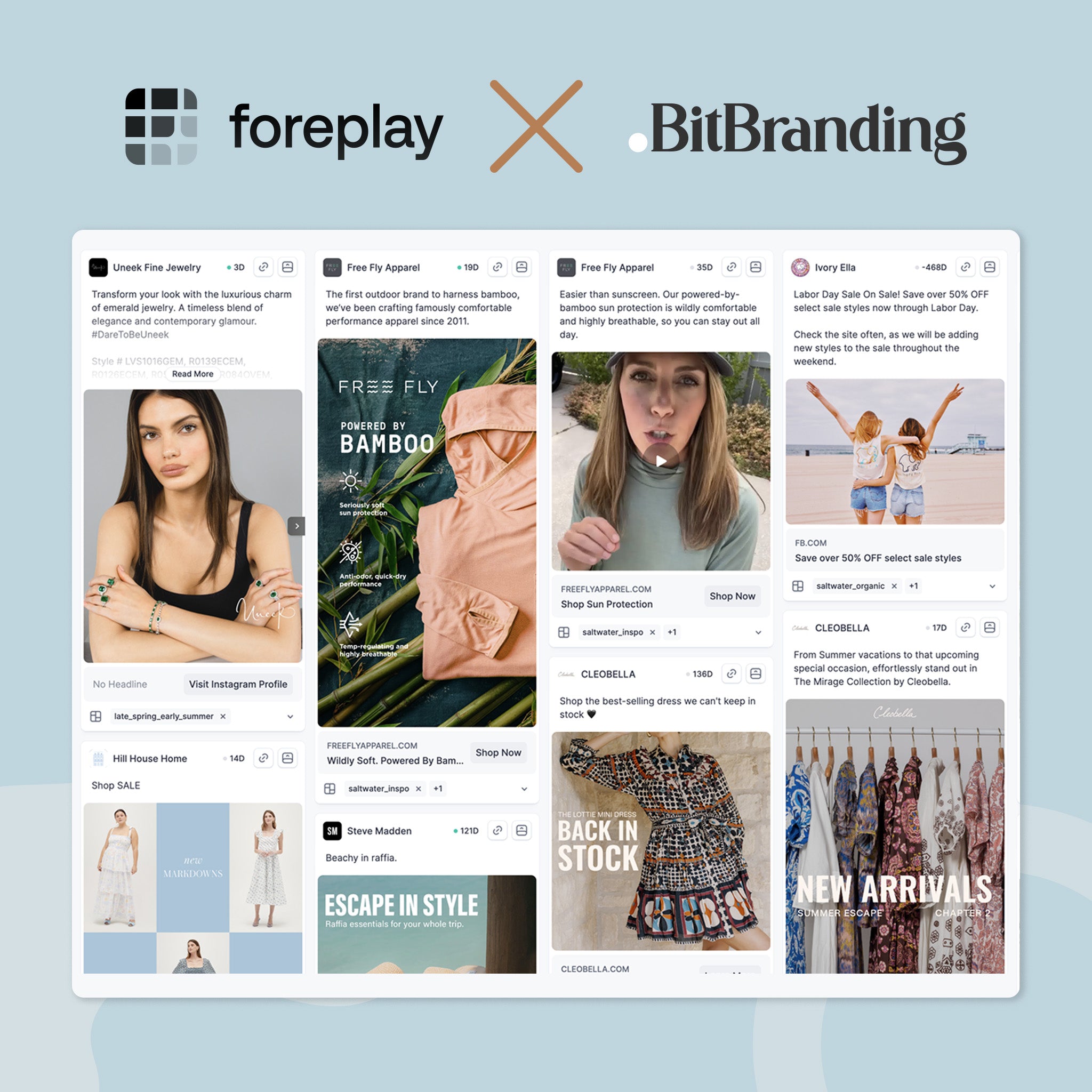
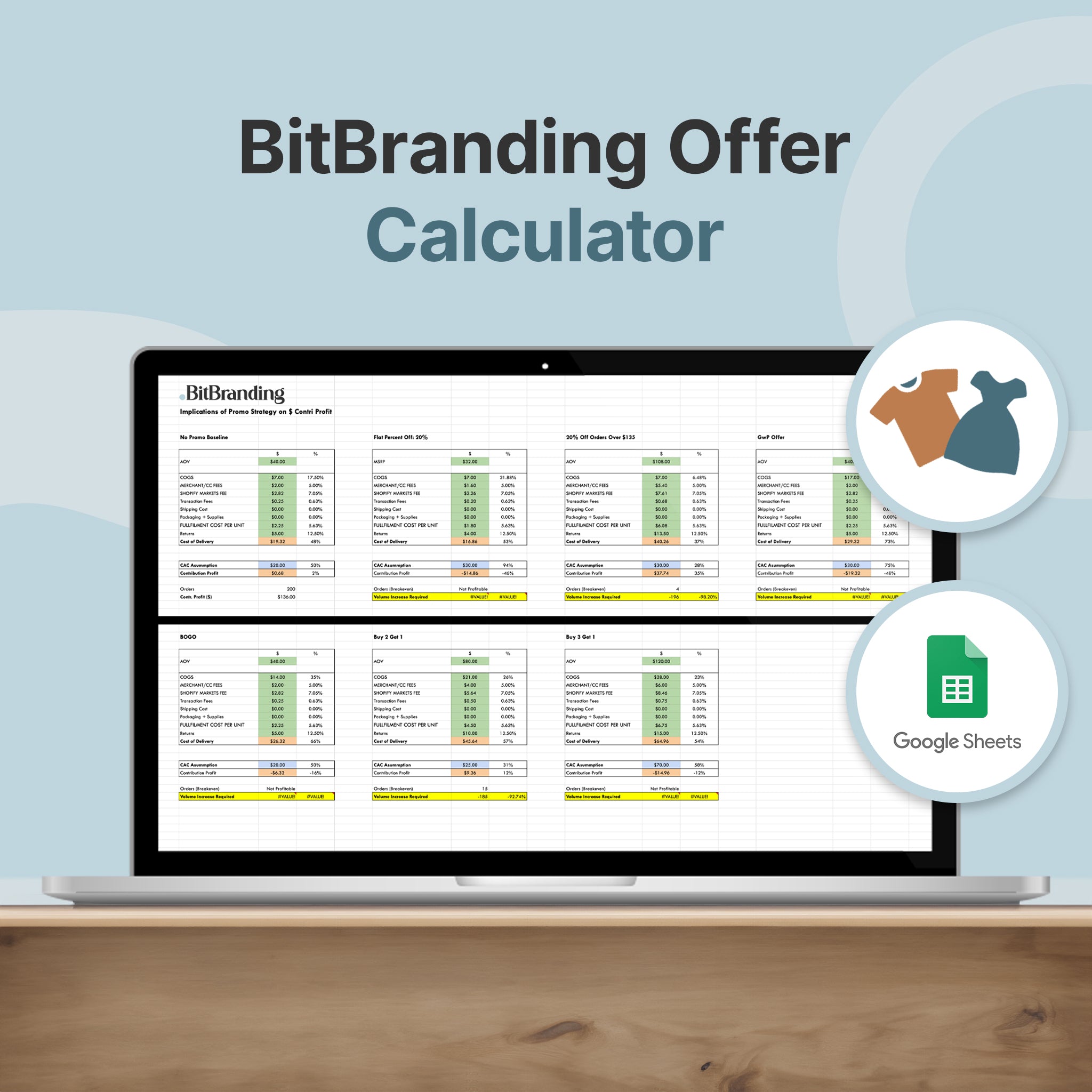
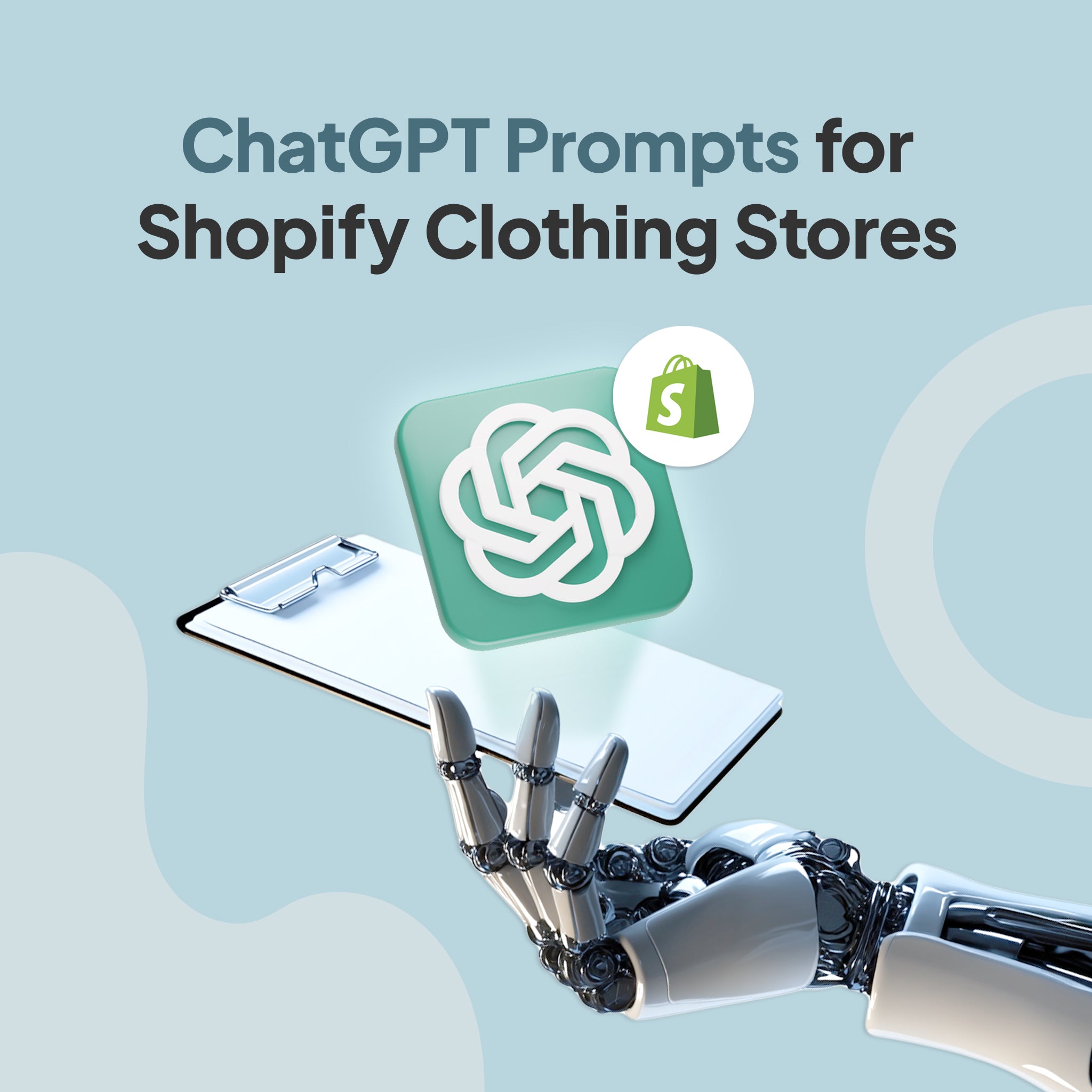

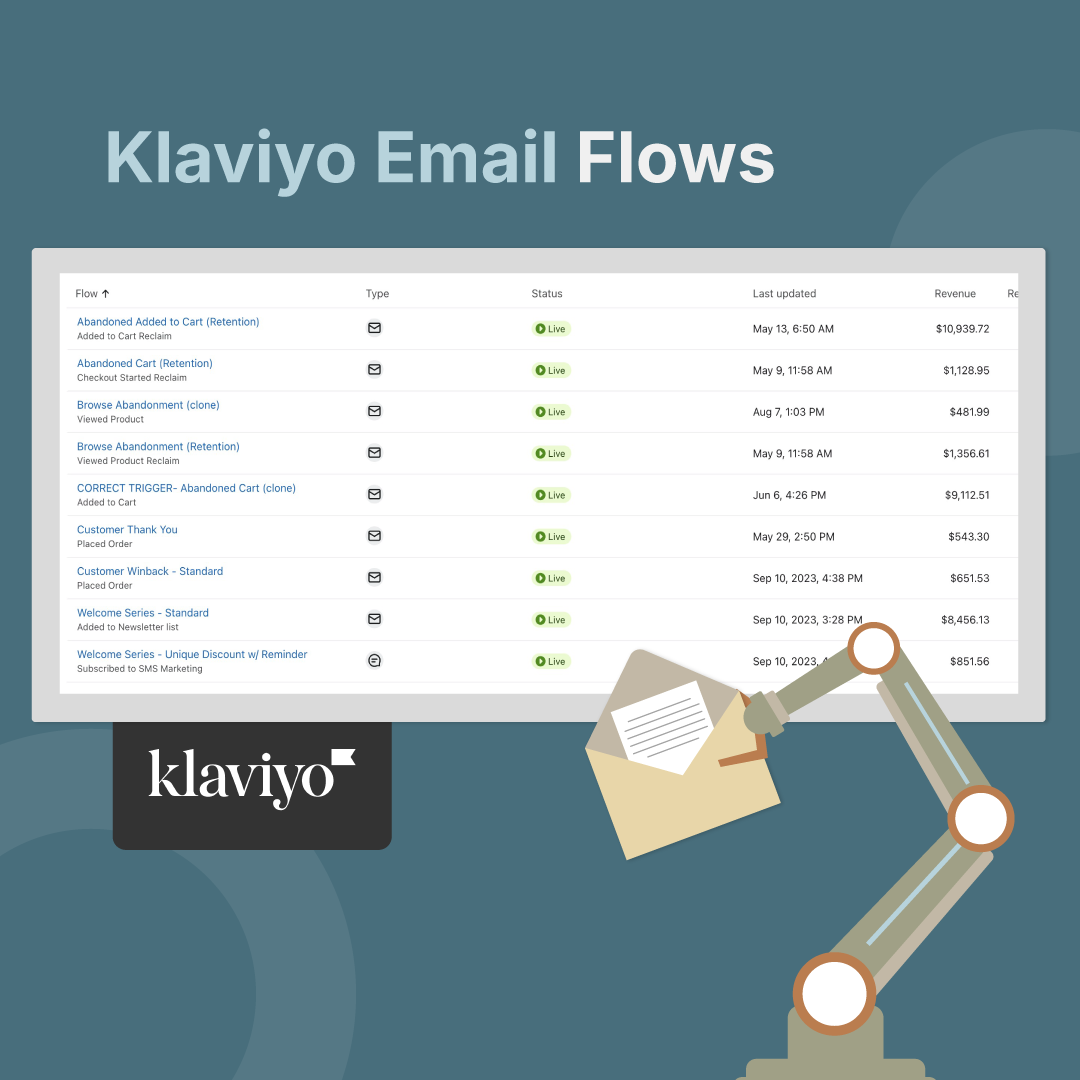
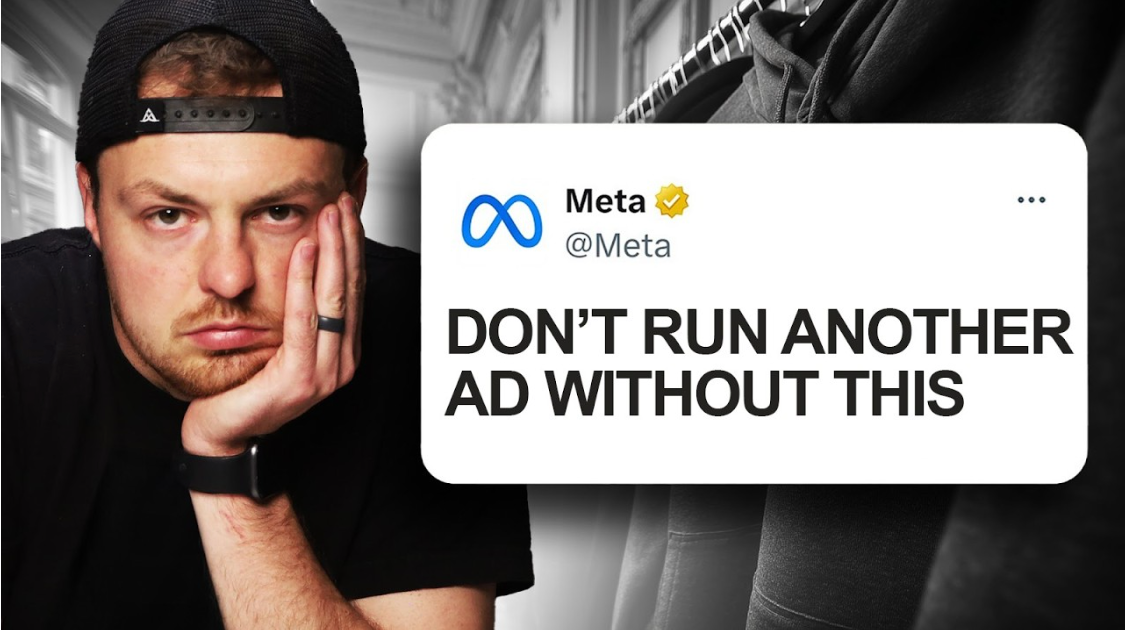
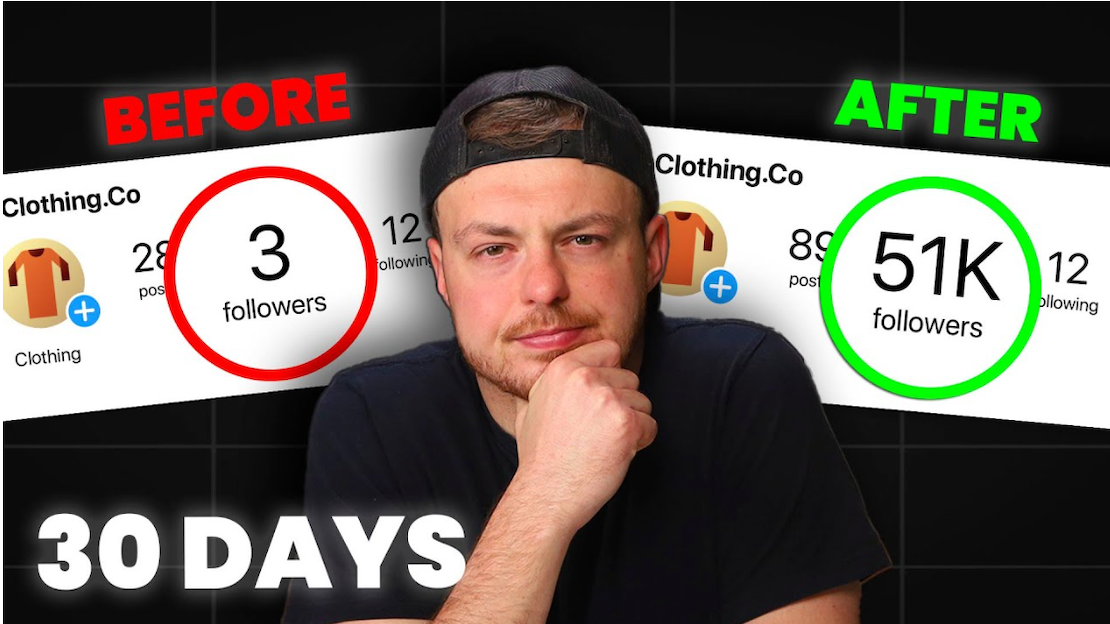
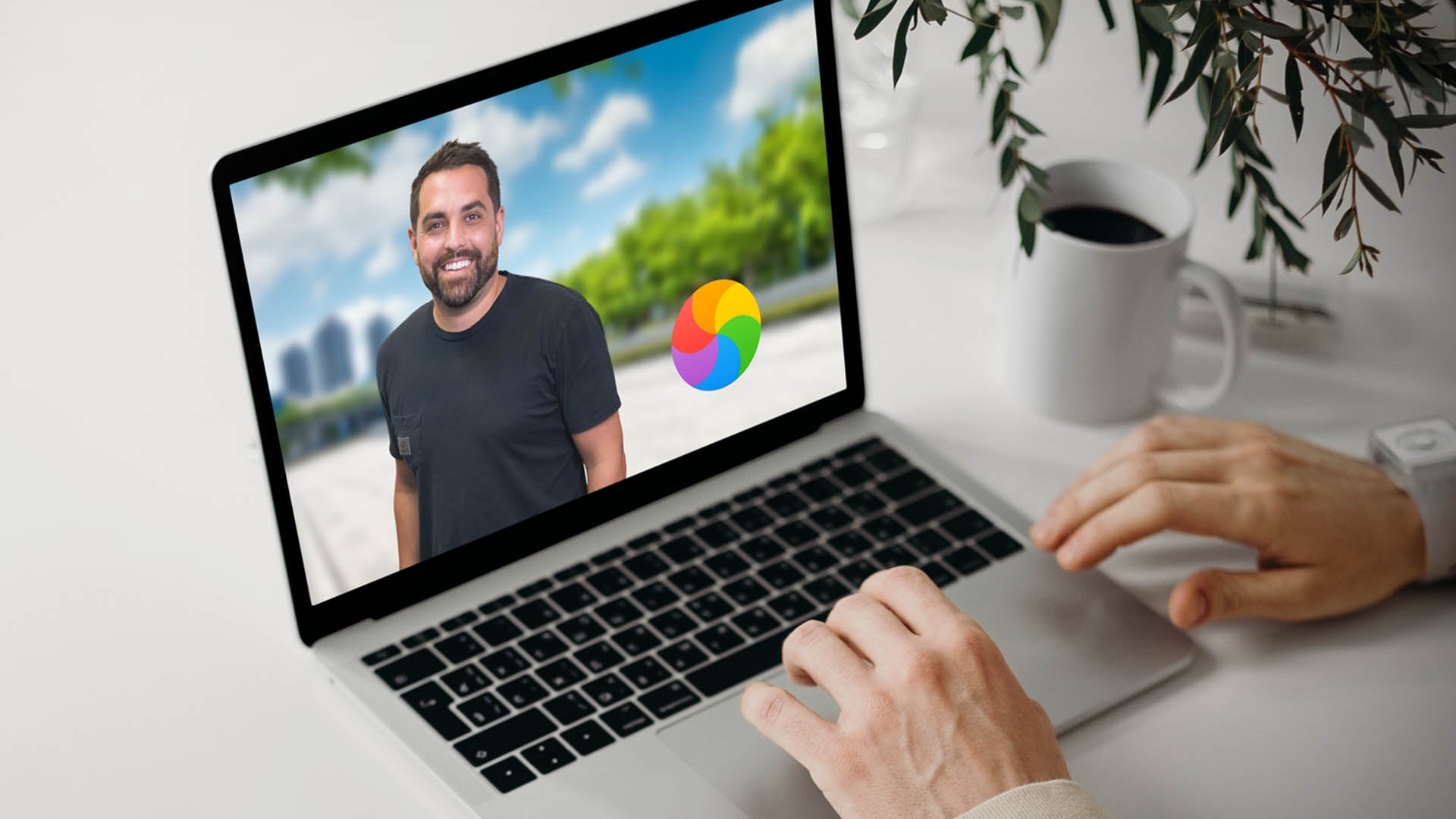
Share:
What 7-Figure Clothing Brands Obsess Over (That You Avoid)
This is How The Best Clothing Brands Make You Feel Broke (AND BUY MORE)